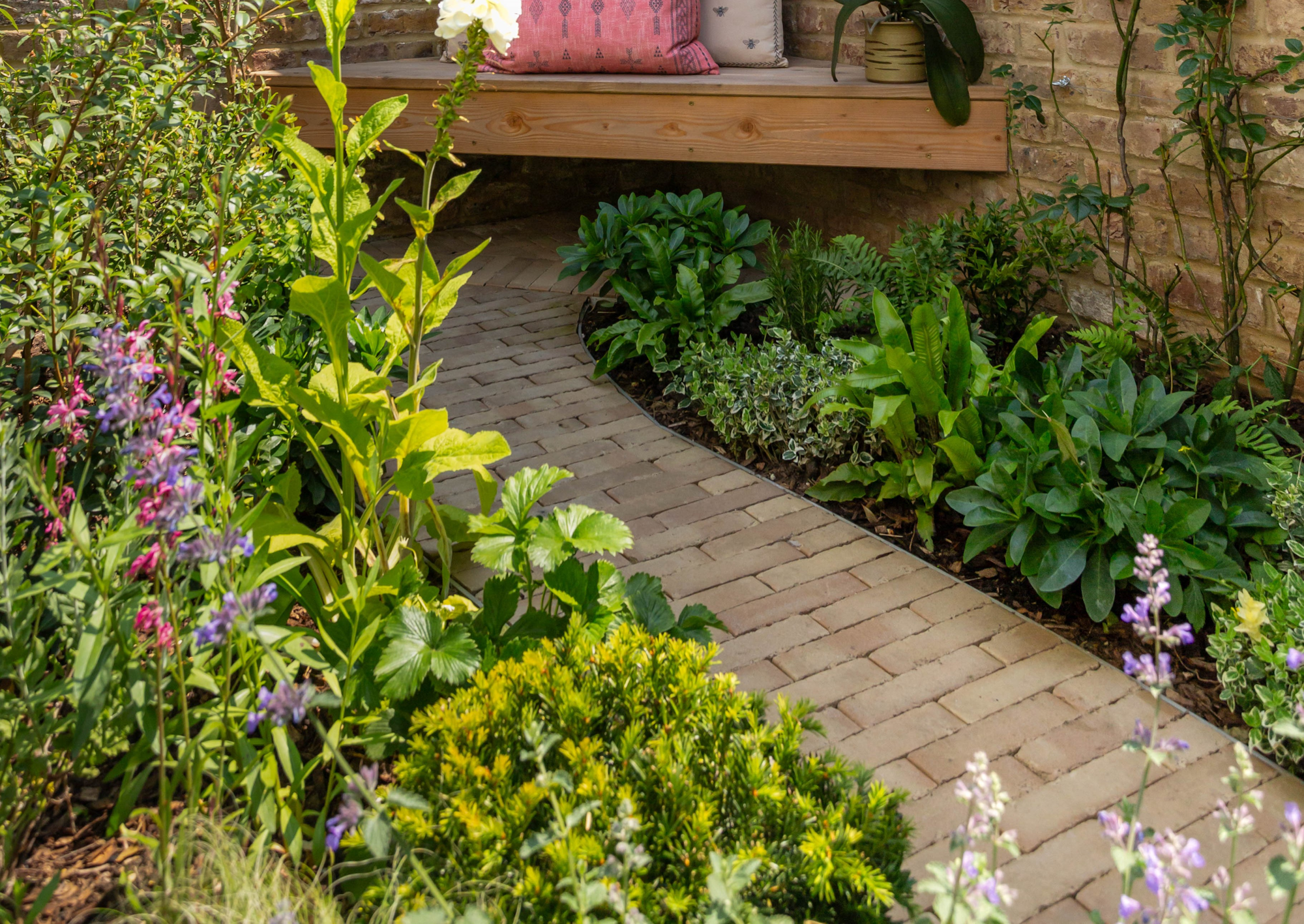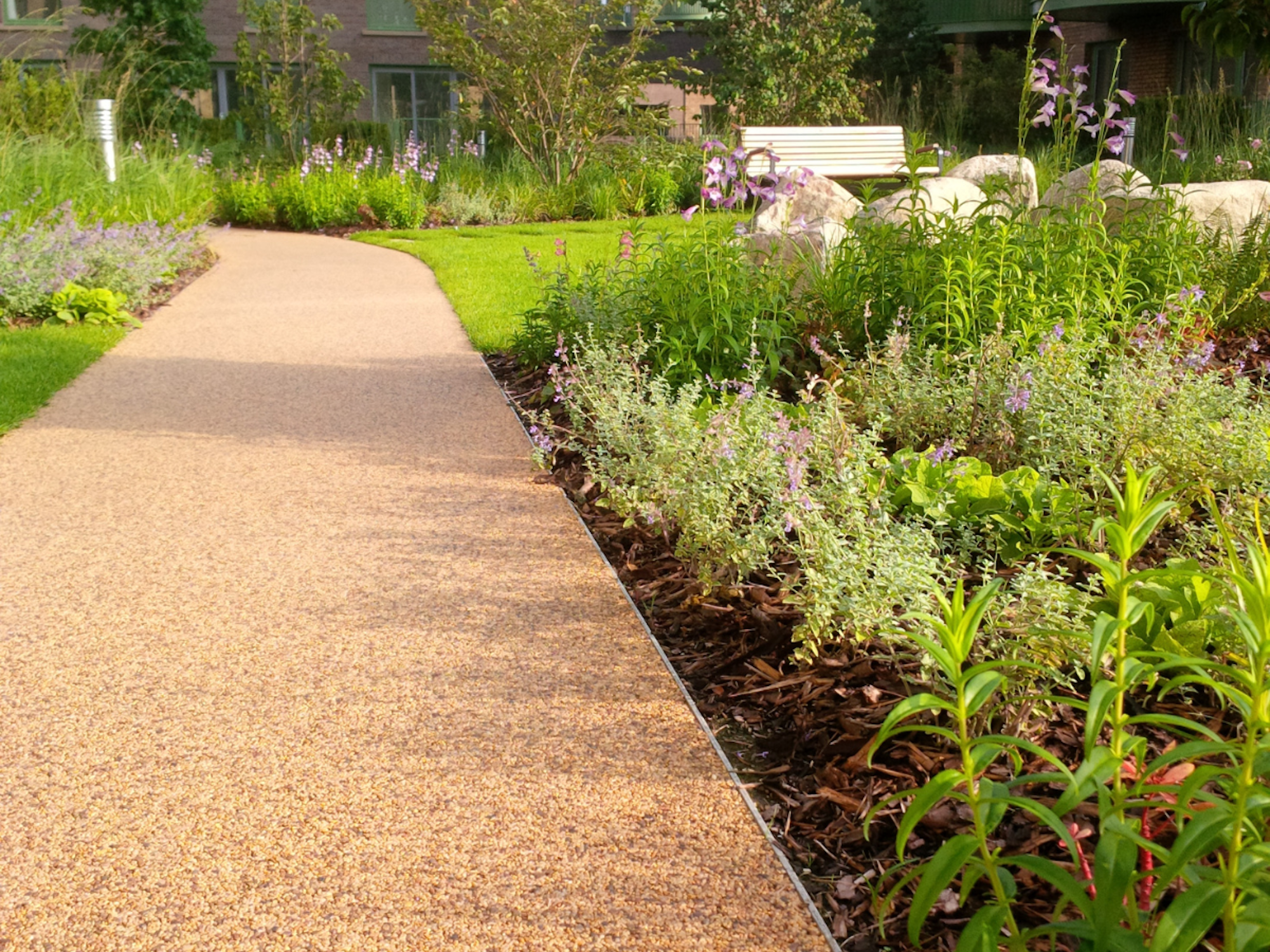
Metal edging for wildlife-friendly gardens: What to know

Creating a wildlife-friendly garden is all about providing a safe, natural habitat for local animals while maintaining an aesthetically pleasing space.
One often overlooked by highly effective landscape feature is metal edging. Not only does it add structure and definition to your garden beds, but it can also play a key role in promoting biodiversity and creating a healthier ecosystem.
We will explore the benefits of metal edging for wildlife-friendly landscapes, how it can help protect native plants and animals, and important considerations for choosing the right type of edging for your landscape.
Environmental benefits of metal garden edging
Landscaping is not just about creating aesthetically beautiful spaces, it is also about creating sustainable, eco-friendly areas that contribute positively to the environment.
Metal landscape edging can benefit the environment in many unexpected ways, including:
- Weed control: Landscape edging acts as a barrier, preventing weeds from spreading and encroaching on lawns and flowerbeds.
- Soil health: Lawn edging helps confine soil to specific areas, preventing them from spreading and ensuring their benefits are maximised for plant growth.
- Water conservation: By keeping soil in place, landscape edging promotes better water absorption, reducing the need for excessive watering.
- Biodiversity support: Garden edging allows for the creation of distinct planting areas. Enabling gardeners to choose plant species based on their specific needs, promoting biodiversity.
- Durability and longevity: Metal edging has exceptional durability and longevity. This reduces the need for frequent replacements and the demand for new materials.

How metal edging helps create wildlife-friendly habitats
Metal edging plays an important role in creating wildlife-friendly habitats in gardens and landscapes. Especially when used thoughtfully in a way that benefits both the environment and the creatures living within it. It can help by:
- Creating defined boundaries: Metal edging can be used to define garden beds, wildflower meadows or wildlife zones, helping to structure the landscape. By keeping certain areas distinct, you can designate spaces for different types of plants, such as those that support pollinators. Which in turn attract bees, butterflies and other insects.
- Preventing grass encroachment: Metal edging acts as a barrier to keep grass and invasive weeds from spreading into flower beds and natural habitats. This ensures that plant species important to wildlife, like native plants and wildflowers, have room to thrive without competition from aggressive grasses or non-native species.
- Supporting pollinators: The clean, smooth lines of metal edging can make it easier to create specific pollinator-friendly zones. Native plants and other pollinators are essential to a healthy eco-system.
- Encouraging biodiversity: Eding can help segment areas for different habitat types, each providing different resources for various wildlife. By creating clear distinctions, you can introduce more diverse species of plants and animals to your landscape.

Choosing the right metal for your wildlife garden
When choosing metal for your wildlife garden, it is important to consider durability, environmental impact and safety for wildlife.
Aluminium is lightweight, corrosion-resistant and easy to install. Making it a convenient choice for many gardens. Steel landscape edging offers exceptional strength and durability, perfect for more demanding garden conditions.
Make sure to choose a metal that blends with your landscape design and offers long-term sustainability. By selecting the right material, you can create a durable and safe space for both plants and animals.
Installation tips for minimising impact on wildlife
To minimise disruption to wildlife during installation:
- Avoid disturbing habitats: Work around existing plantings and nesting areas.
- Choose the right time: Install during off-seasons, such as early spring or late autumn, when wildlife is less active.
- Use eco-friendly materials: Opt for non-toxic, environmentally safe metals like steel or aluminium.
These steps will help install your metal edging while protecting the natural habitat.
Naturalistic wildlife garden
The Naturalistic Wildlife Garden in London exemplifies how small urban spaces can be transformed into thriving, biodiverse havens.
This project used AluExcel Edging to define the garden’s contours. Its flexibility allowed for the creation of smooth curves, essential in crafting the organic, countryside-inspired design. The edging’s durability and rust-resistant properties ensure long-lasting performance in this biodiverse environment.

Addressing common concerns about metal edging in wildlife gardens
Metal edging is a popular choice for creating clean lines in wildlife gardens, but there are some common concerns to consider.
1. Risk of harm to wildlife
Choose metal edging with rounded or smooth edges to prevent harm to wildlife.
2. Environmental impact
Opt for eco-friendly, rust-resistant metals. These are highly durable and won’t leach harmful substances.
3. Inflexibility
Flexible metal edging options like AluExcel can be easily curved to fit organic, natural shapes in your landscape.
- Aesthetic concerns
Choose materials which naturally develop a rustic patina. These blend in better with natural landscapes.
By addressing these concerns, metal edging can be a practical, safe and aesthetically pleasing choice for a wildlife-friendly space.
Metal edging solutions from Kinley for wildlife-friendly gardens
Incorporating Kinley’s metal edging solutions into your garden helps create a functional, sustainable, and wildlife-friendly space.
By defining plant areas, supporting pollinator habitats, and promoting eco-friendly water management, these durable and aesthetically pleasing borders can enhance both your garden and the local ecosystem. It’s a simple yet effective way to maintain a beautiful, environmentally conscious landscape.
